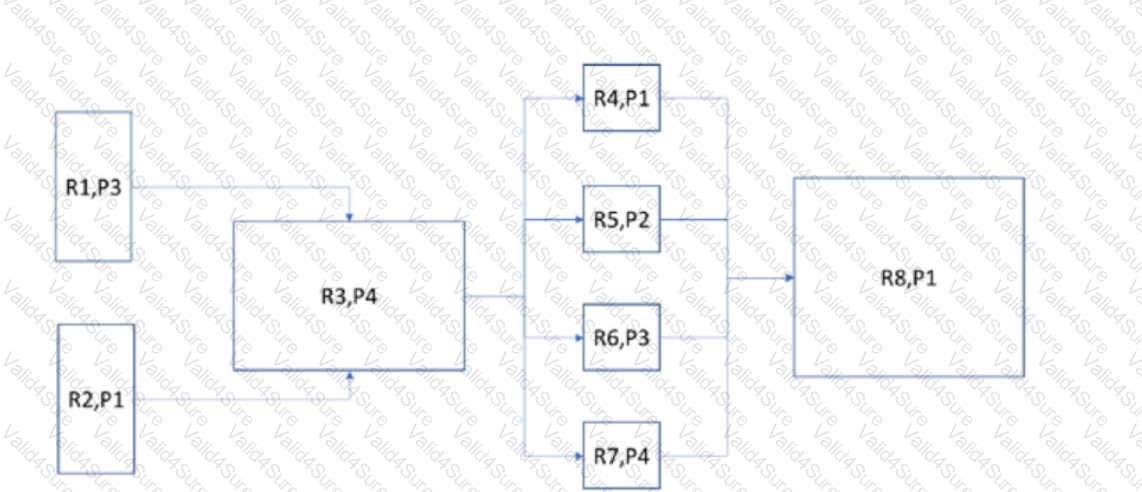CTFL4 Exam Dumps - ISTQB Certified Tester Foundation Level CTFL 4.0 Exam
Consider a given test plan which, among others, contains the following three sections: "Test Scope", "Testing Communication", and "Stakeholders". The features of the test object to be tested and those excluded from the testing represent information that is:
Which of the following statements is NOT true about Configuration management and software testing?
Which of the following statements is incorrect regarding the involvement of testers in the software development lifecycle (SDLC)?
Your organization's test strategy states that it is desirable to usemore than one method for estimating test effort. You are responsible for estimating test effort for the next project. Based on historical data, thedevelopment-to-test effort ratiois5:3.
The initial estimate for thedevelopment effort is 450 person-days.
Which ONE of the following options corresponds to the estimatedtest effortusing the ratio-based method?
The following diagram displays the logical dependencies between requirements and the individual requirement priorities. For example, "R2->R3" means that R3 is dependent on R2. Priority is indicated by the number next to the letter â€P" i.e. P1 has a higher priority than P2.

Which one of the following options best describes the test execution sequence using both requirement dependency and priority
Which one of the following statements IS NOT a valid objective of testing?
Which of the following statements refers to a good testing practice that applies to all software development lifecycles?
